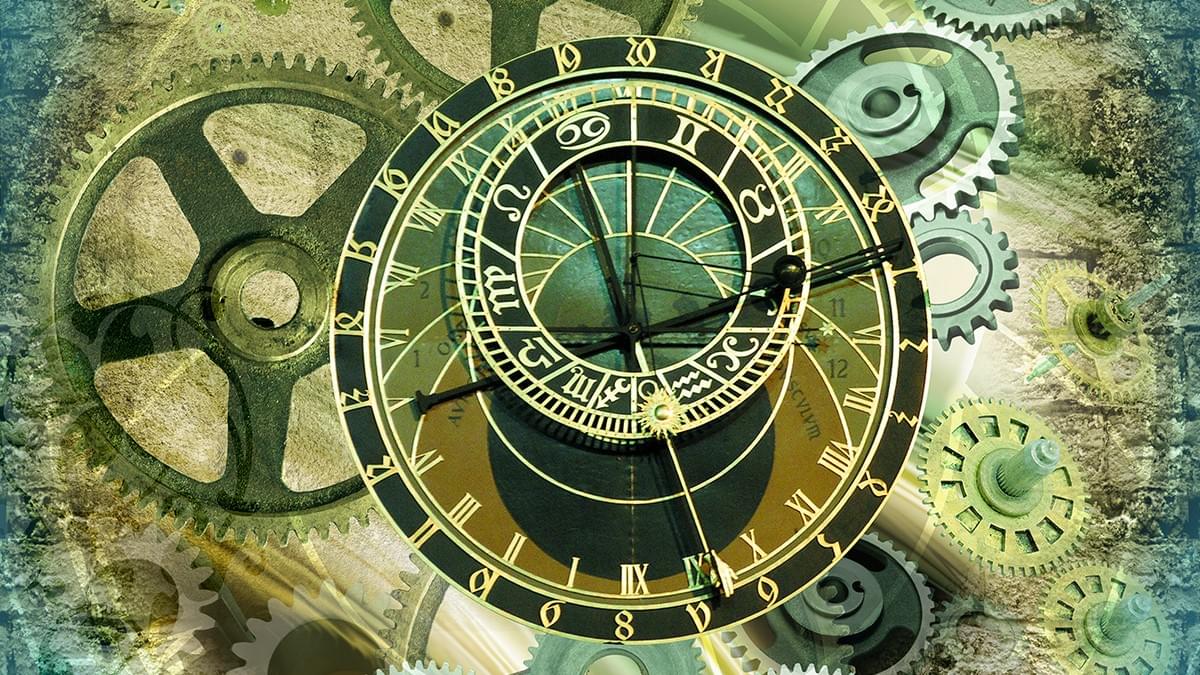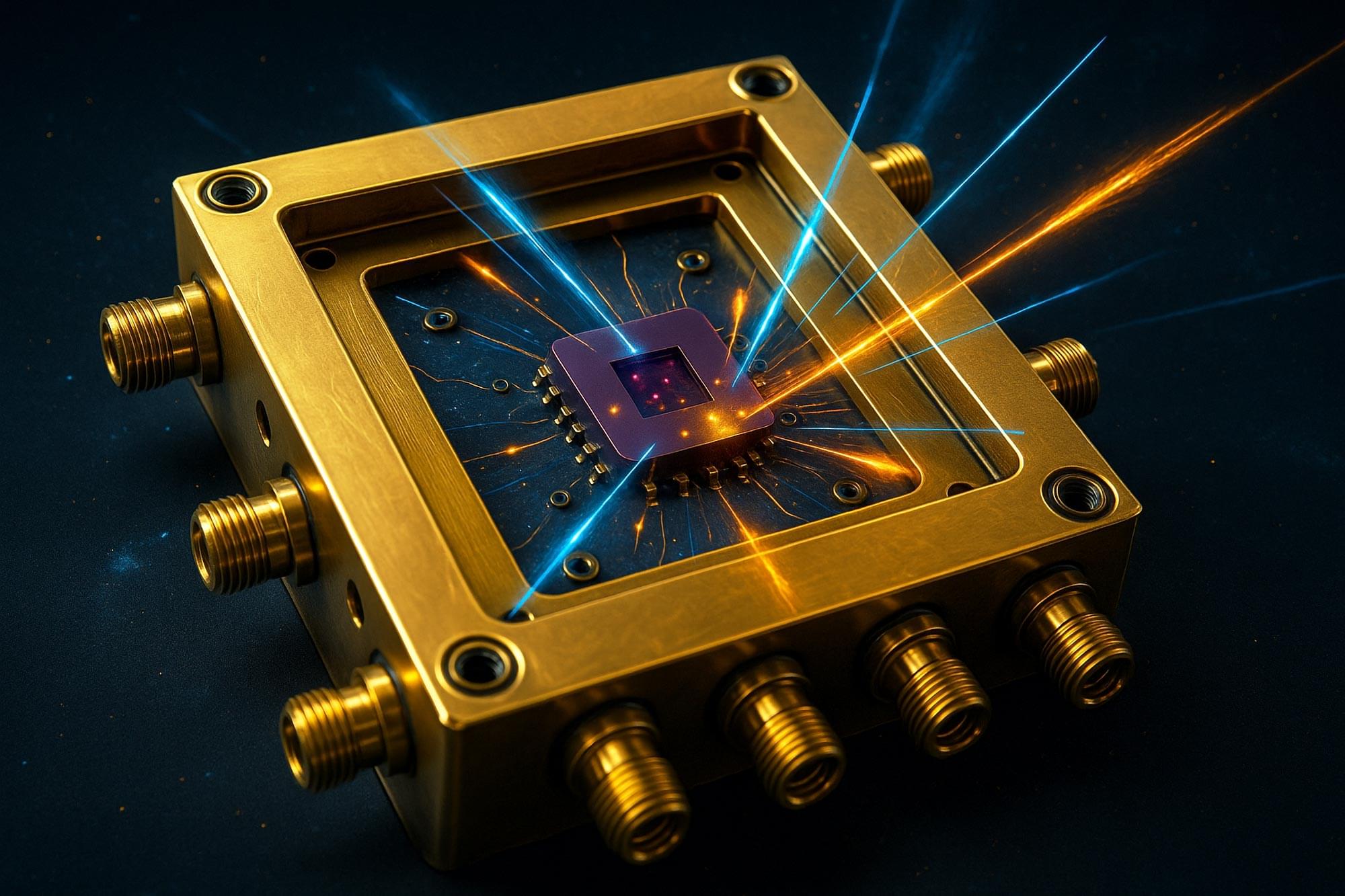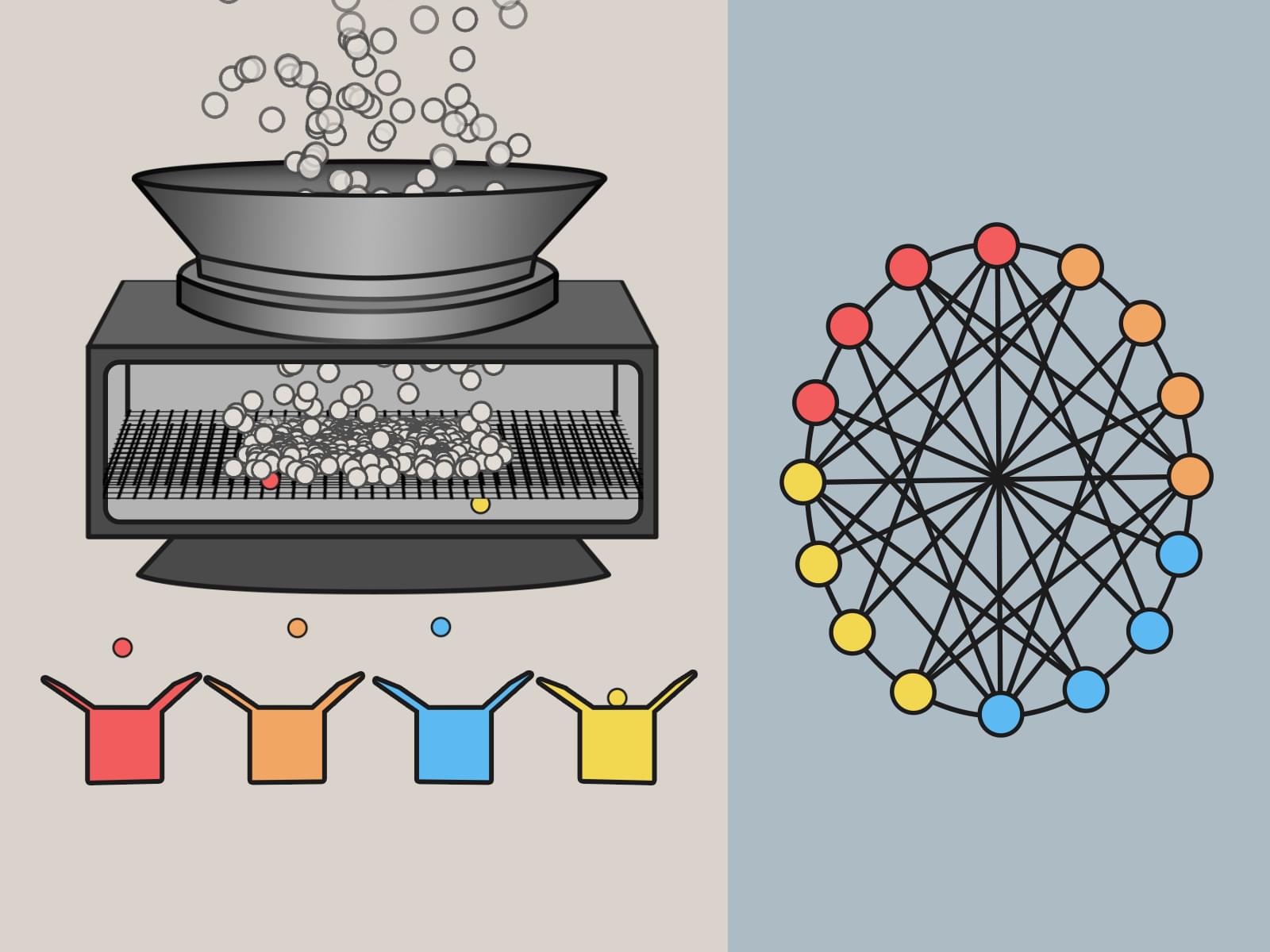Exceptional points (EPs) are unique types of energy-level degeneracies that occur in non-Hermitian systems. Since their existence was first proposed more than a century ago, physicists have only been able to experimentally observe two types of EPs, both of which were found to give rise to exotic phases of matter in various materials, including Dirac and Weyl semimetals.
Building on recent theoretical studies, researchers at the University of Science and Technology of China recently set out to experimentally observe a new class of EPs, known as Dirac EPs. Their paper, published in Physical Review Letters, could open new exciting possibilities for the study of non-Hermitian dynamics and for the development of protocols to reliably control quantum systems.
“Our inspiration stemmed from a prior theoretical study that proposed a type of exceptional point (EP) termed Dirac EPs,” Xing Rong, senior author of the paper, told Phys.org. “We realized that this novel type of EP is distinct from all experimentally observed EPs over the past half-century. Our work aimed to transform this theoretical prediction into experimental reality.”








